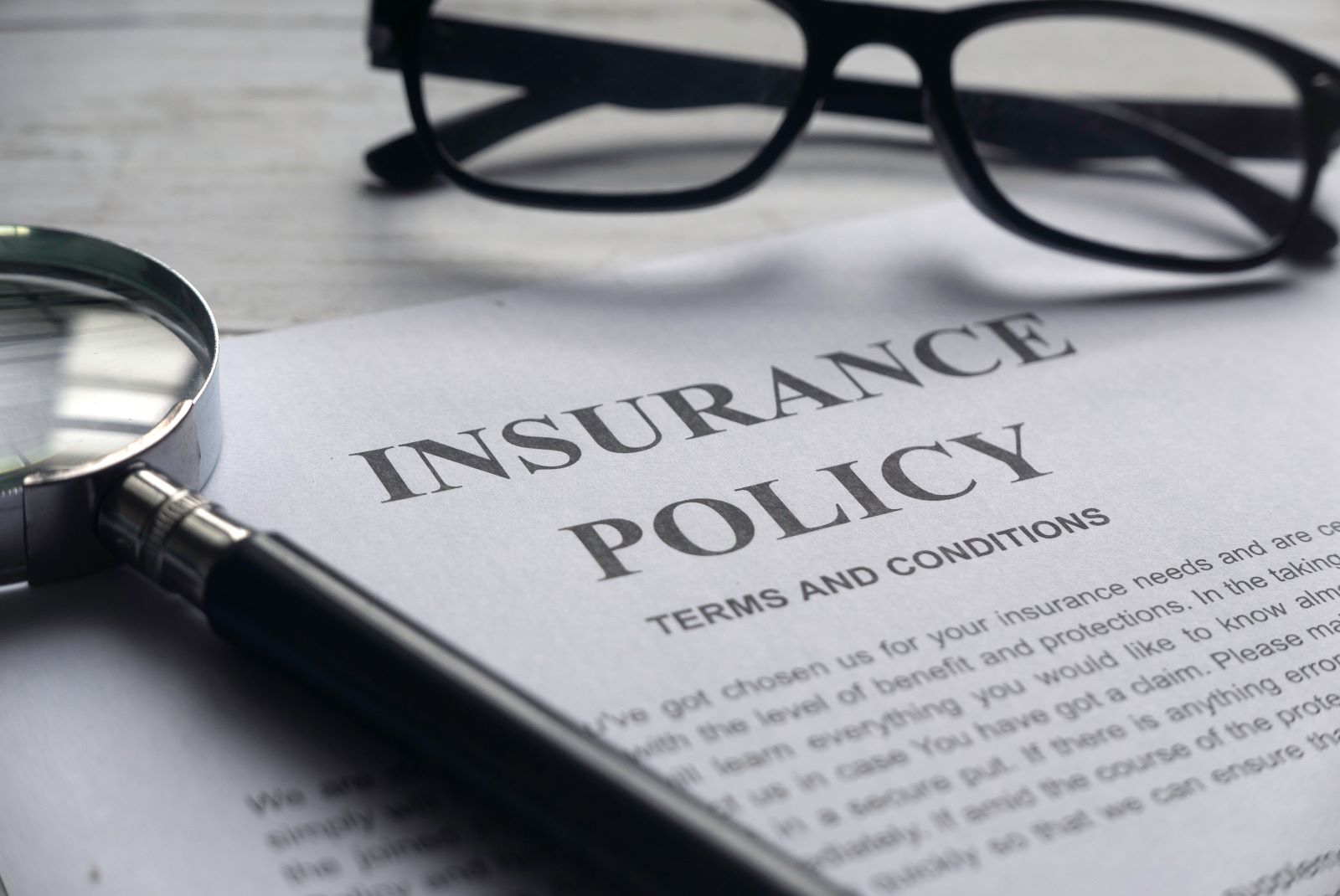Your driving record significantly affects your car insurance rates. A clean record can save you hundreds, while a spotty one can cost you much more. So, how does your driving history impact your wallet?
1. A Clean Driving Record Equals Lower Rates

Image Credit: Shutterstock / Jokiewalker
Insurance companies reward safe drivers. If you have no accidents or tickets, you can expect to pay around 31% less for insurance. This shows how crucial a clean driving record is for saving money.
2. Speeding Tickets Raise Your Premiums

Image Credit: Shutterstock / Redaktion93
A single speeding ticket can increase your rates by 20% on average. Frequent violations mean even higher premiums. Keep your speed in check to avoid these hikes.
3. Accidents Lead to Significant Rate Hikes

Image Credit: Shutterstock / Indypendenz
Being at fault in an accident can increase your rates by 34% or more. Insurers view you as a higher risk, translating to higher costs. Avoiding accidents is crucial for keeping insurance affordable.
4. DUIs Are the Costliest Offense

Image Credit: Shutterstock / Crime Art
A DUI conviction can skyrocket your premiums by 79%. This offense signals high risk, leading insurers to charge much more. It’s a financial and legal nightmare.
5. Claims History Matters

Image Credit: Shutterstock / H_Ko
Frequent claims, even if they’re not your fault, can increase your rates. Insurers see multiple claims as a sign of risk, leading to higher premiums. Try to settle minor incidents out of pocket if possible.
6. Location Impacts Your Rates

Image Credit: Shutterstock / New Africa
Urban areas with high traffic and accident rates can increase your premiums. Living in a high-risk area means insurers will charge more to cover potential claims. Consider this when choosing where to live.
7. Age and Driving Experience

Image Credit: Shutterstock / Ground Picture
Younger and less experienced drivers often pay more. Statistics show they’re more likely to be involved in accidents. Gaining more experience and reaching age milestones can reduce rates.
8. Vehicle Type Influences Insurance Costs

Image Credit: Shutterstock / PattyPhoto
Driving a high-performance or luxury car can increase your insurance costs. These vehicles are often more expensive to repair or replace. Choosing a safer, less flashy vehicle can save you money.
9. Credit Score Affects Insurance Rates

Image Credit: Shutterstock / Rawpixel.com
A lower credit score can lead to higher premiums. Insurers use credit scores to predict the likelihood of claims. Maintaining a good credit score can help keep your insurance rates down.
10. Continuous Coverage Benefits

Image Credit: Shutterstock / Faizal Ramli
Lapses in insurance coverage can result in higher rates. Insurers charge more if you’ve had gaps in your coverage. Always keep your policy active to avoid penalties.
Clean and Clear

Image Credit: Shutterstock / fizkes
Your driving record has a substantial impact on your car insurance rates. Keeping a clean record, avoiding claims, and maintaining good credit can save you significant money.
Police Magnet: 7 Cars That Guarantee You’ll Get Pulled Over

Image Credit: Shutterstock / sirtravelalot
Driving certain cars can make you more noticeable to law enforcement, even if you’re abiding by all the rules. Are you driving one of these “police magnets”? Here are seven cars that seem to attract more police attention than others. Police Magnet: 7 Cars That Guarantee You’ll Get Pulled Over
The Classic Cars That Were Total Clunkers

Image Credit: Pexels / Pixabay
Nostalgia has a funny way of making the past seem better than it was, especially when it comes to cars. But here’s the hard truth: some of those “classic” cars your dad raves about were real clunkers. Here’s a closer look at why some of those so-called “classics” weren’t all they were cracked up to be. The Classic Cars That Were Total Clunkers
The Worst U.S. Cars Ever Made: A Retro List

Image Credit: Pexels / Be The Observer
The U.S. auto industry has produced some incredible vehicles, but not every model was a hit. Here’s a look back at 16 of the worst cars ever made in the U.S., each infamous for its own unique flaws. The Worst U.S. Cars Ever Made: A Retro List
Featured Image Credit: Shutterstock / Pavel Gulea.
The content of this article is for informational purposes only and does not constitute or replace professional advice.
For transparency, this content was partly developed with AI assistance and carefully curated by an experienced editor to be informative and ensure accuracy.
The images used are for illustrative purposes only and may not represent the actual people or places mentioned in the article.



